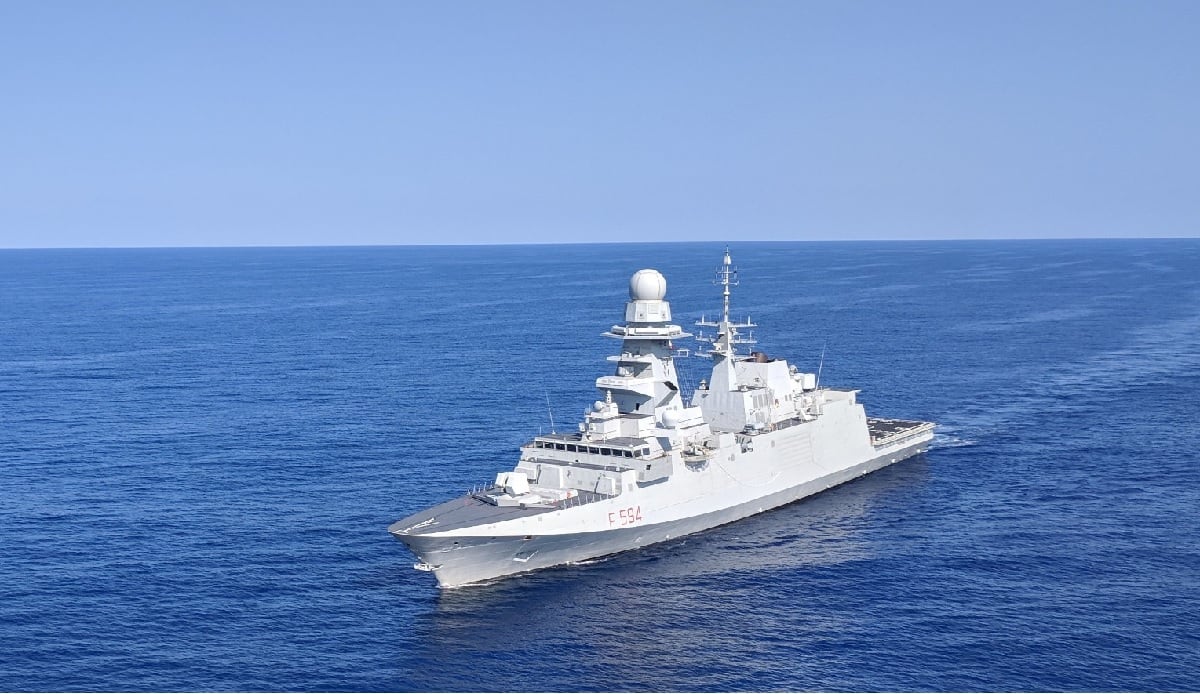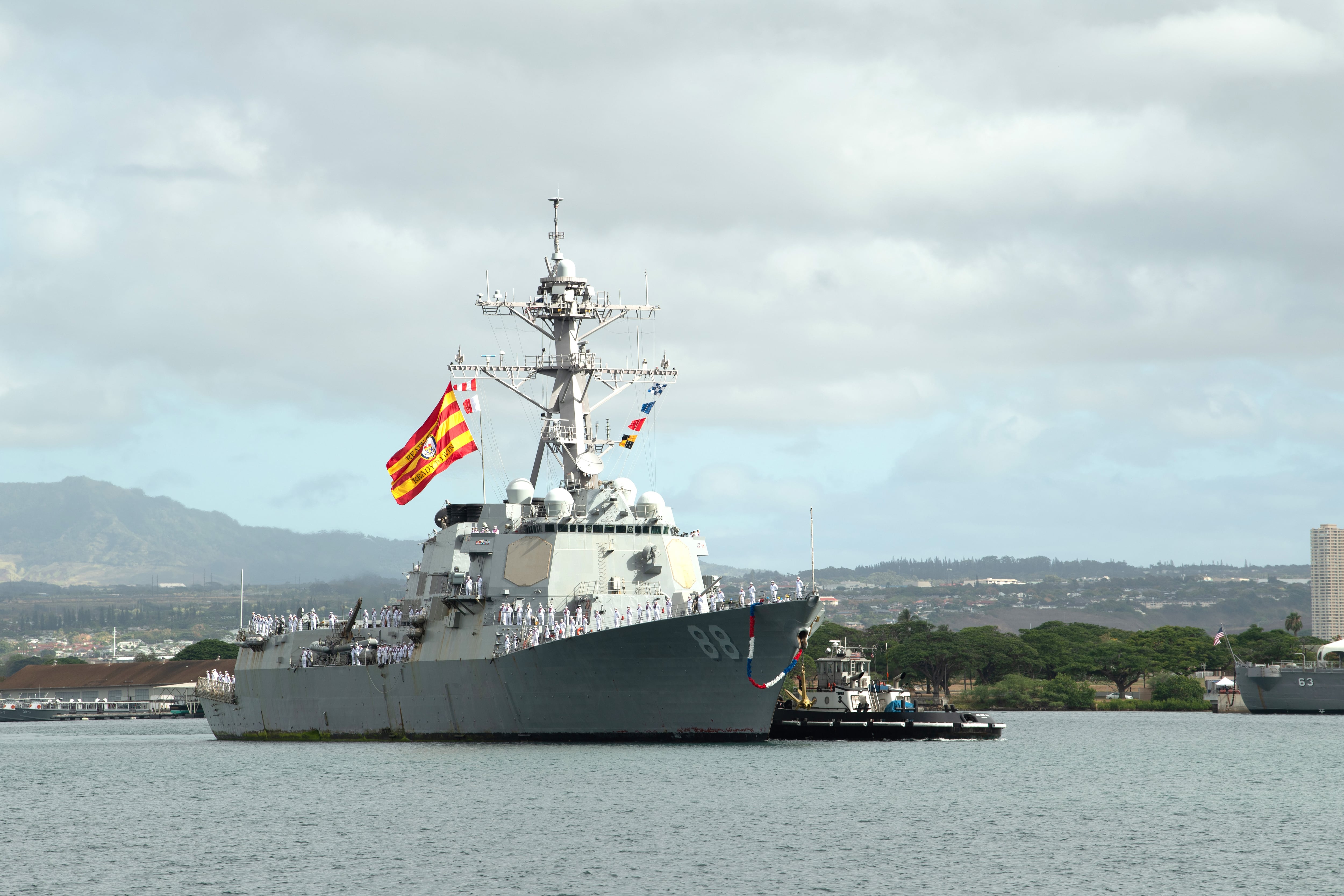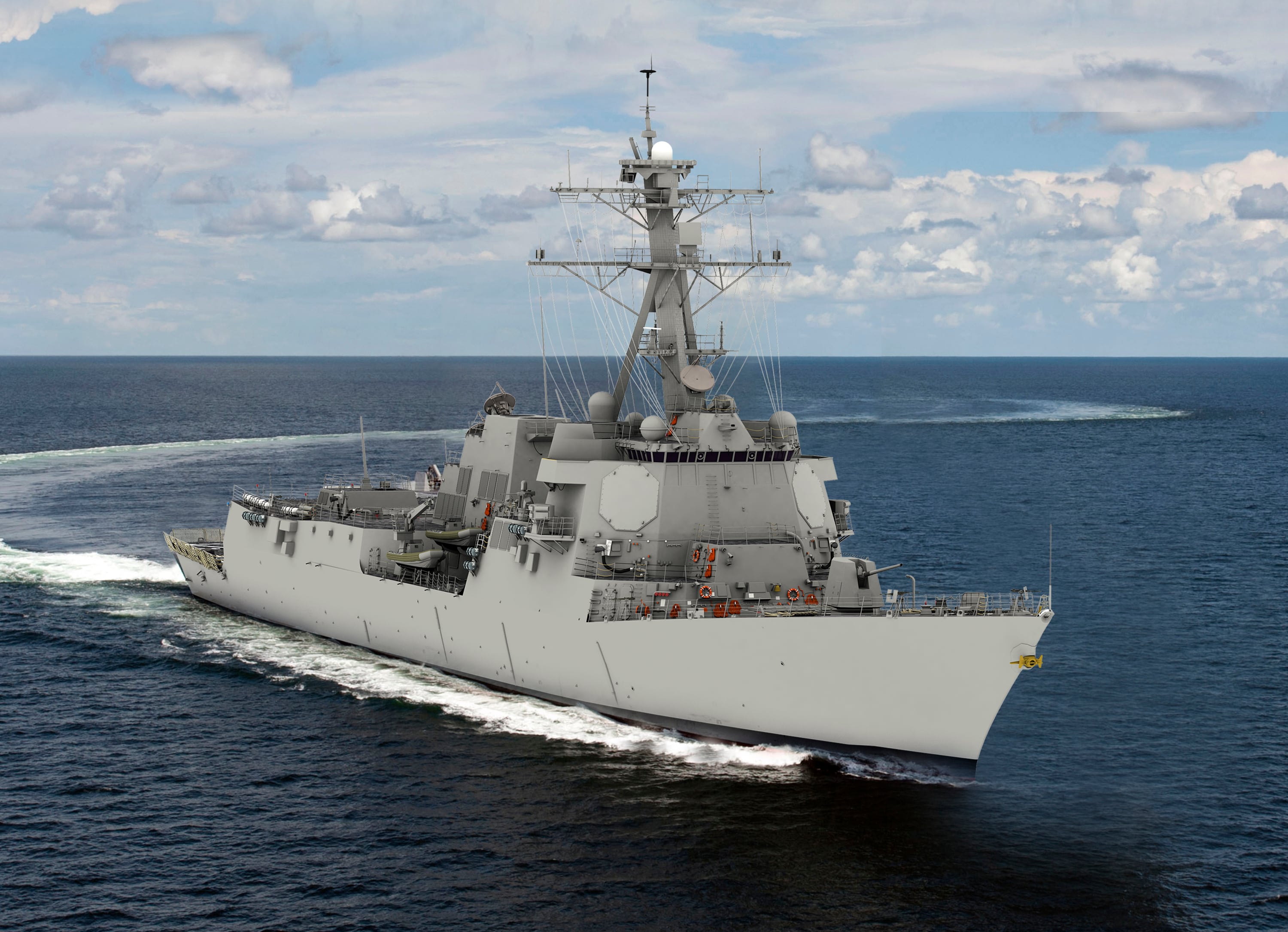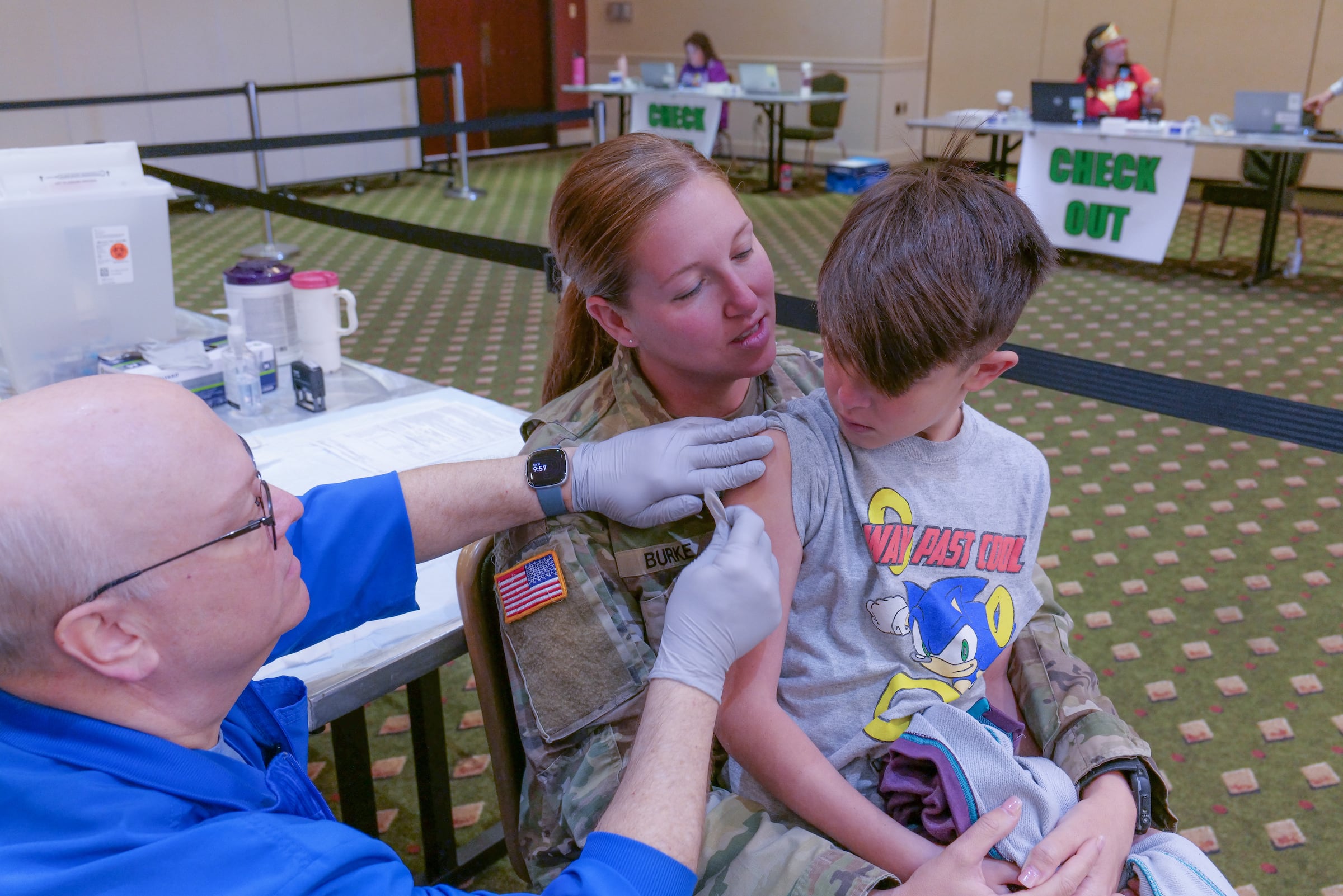WASHINGTON — The U.S. Navy has taken delivery of the first AN/SPY-6 radar array for the Flight III Arleigh Burke-class destroyer Jack Lucas, which was designed and built specifically to accommodate the upgraded air and missile defense radar.
The Raytheon-built system is about 30 times more sensitive than the SPY-1 arrays on the Navy’s cruisers and destroyers, but it requires much more power. That led to a significant redesign of the Flight IIA DDG.
Jack Lucas, being built at Ingalls Shipbuilding in Pascagoula, Mississippi, is the first of the new builds. The ship is scheduled to be delivered in 2024, according to Navy budget documents.
The delivery of the first SPY-6 marks a significant step for the radar, which looks poised to rapidly become the fleet standard. The Navy plans to install a scaled-down version of the radar on the older Arleigh Burke-class destroyers to keep them relevant, as well as on the future frigate, FFG(X), being built by Fincantieri.
RELATED

Wes Kremer, president of the Raytheon Missiles & Defense business, said in a July 15 interview with Defense News that the radar is designed to simultaneously handle multiple missions without losing fidelity on any individual mission.
“SPY-6 is an evolutionary step forward in radar capability, but it was, most importantly, designed with incredibly long range and sensitivity to support all the missions that Navy destroyers do: ballistic missile defense, surface warfare and anti-air missions simultaneously,” Kremer said. “And what’s sometimes lost in the noise is that it can do [its job] in the presence of electronic attack or jamming. That’s really the magic of that radar.”
Kremer is confident the radar has been put through its paces in the acquisition process and that the next major hurdle for the program will be Jack Lucas’ sea trials.
The Navy wants to start backfitting the scaled-down version of SPY-6 in 2021, Capt. Jason Hall, who is the above-water sensors program manager at Program Executive Office Integrated Warfare Systems, said in January. But beyond that, Kremer said Raytheon is looking to Japan and South Korea as potential customers for SPY-6.
The Navy’s investment in SPY-6 is not without some controversy. Bryan Clark, a senior fellow at the Hudson Institute, said while the Navy needs a radar like SPY-6 for ballistic missile defense, the service still must figure out how to perform passive detection to avoid giving away its location to adversaries that will be able to electronically sniff out a big, powerful radar.

Kremer said he wasn’t comfortable discussing concepts of operations surrounding the issue of keeping electronically quiet with SPY-6. But he reiterated that during active electronic attack, the radar would perform.
“You have to be able [to] operate around electronic attack, and on the active side we have a lot of capability to do that,” he said. “But when you get into that other stuff, you’re really starting to talk about concepts of operations, and I don’t think it’s appropriate for a contractor to talk about CONOPS.”
The Navy is also planning to scale back construction of the Flight III destroyer. In its most recent budget submission, the Navy cut four of the planned 12 Flight IIIs over the next five years as the service tries to juggle the enormous bill for the Columbia-class ballistic missile submarine.
Correction: An earlier version of this story misstated what components of the SPY-6 have been delivered to the Combat Systems Engineering Development Site in Moorestown, NJ.
David B. Larter was the naval warfare reporter for Defense News.





